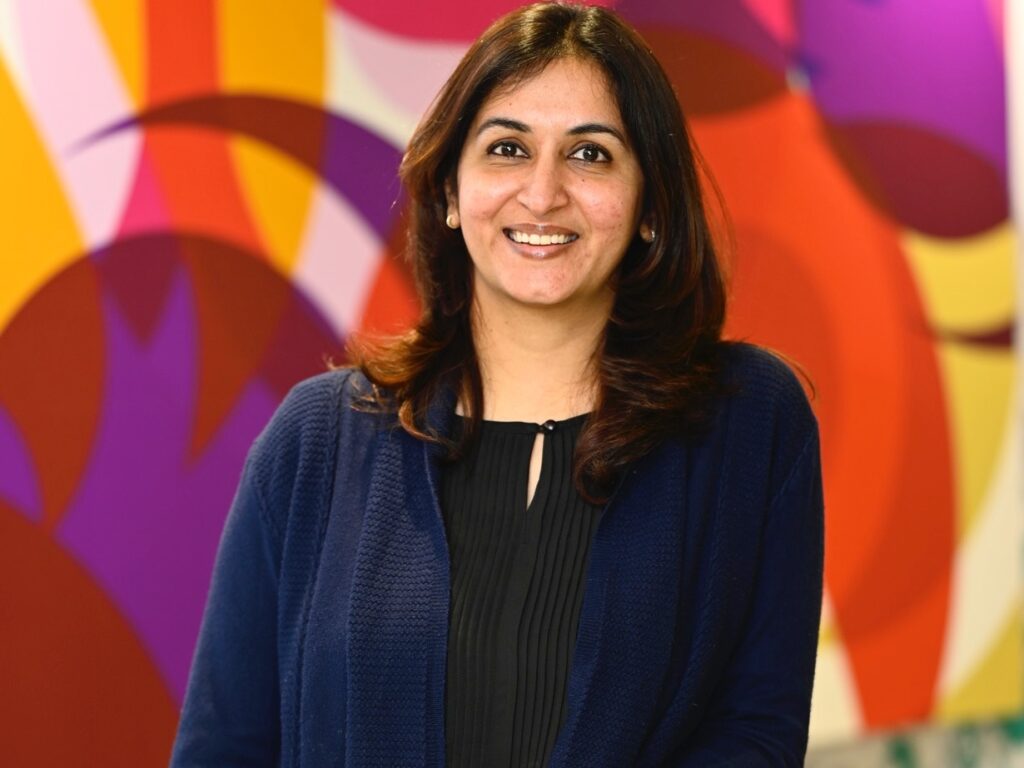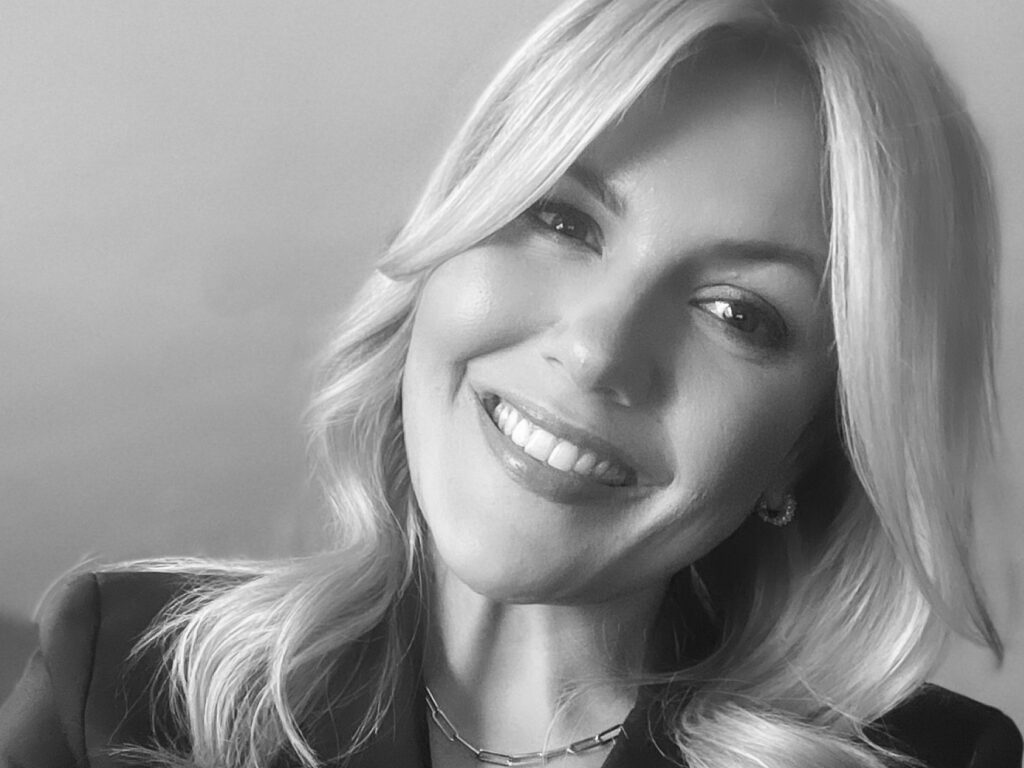The influencer market is growing beyond all recognition. The incredible popularity of short-form social media content alongside laser-guided targeted ads means it is currently worth $16.4bn.
This potential audience for influencers is only going to increase as Gen Alpha (typically born between 2010 and 2024) become the big players in social media, having grown up device-in-hand.
“We’ll begin to see Gen Alpha take centre stage in marketers’ strategies. A scary prospect for marketers who are still grappling with the different approach of Gen Z. As the eldest of Gen Alpha reach their teens, we’ll see more campaigns skewed towards them,” claims Thomas Walters, founder & CEO, Europe at Billion Dollar Boy.
“They are the largest generation of future consumers who are expected to have the greatest spending power in history. Indeed, we’re already witnessing Gen Alpha choosing to spend their pocket money on games like Roblox. This trend will really come to light in 2023 and beyond.”
Read more: 2023 marketing trends – Micro-influencers, SEO and self-love seekers
And Billion Dollar Boy are in a great position to see such trends materialise, having partnered with the likes of Professor Green for a healthy school breakfasts campaign, and Gordon Ramsey and Nigella Lawson on their #CrispIN or #CrispOUT drive.
Given this generational shift mirrors social media companies transferring from long- to short-form video as big players such as Facebook and YouTube slug it out with TikTok, Instagram and Snapchat for attention, brands utilising influencers need to be loud and proud.
“Brands should be prepared to hand over trust to the influencer on the creative design and execution,” suggests Walters. “Centralising creators into business planning far earlier than the marketing planning is key. Integration of influencers in front of and behind the camera and across your social media presence is the best way to create beneficial long-term partnerships for both parties and will produce the best results.”
With openness comes authenticity and trust. Influencers are subject to tougher ad labelling protocols, while more general marketing trends suggest younger consumers are after dependability and genuineness.
“Trust is essential to running an effective influencer marketing campaign. If consumers don’t feel the influencer is being authentic or if they feel like there is some deceit then the relationship between brand, creator and consumer breaks down,” says Walters.
“Where the influencer has a questionable record or the relationship between the brand or product and the creator isn’t authentic, it won’t resonate with audiences.
“We previously worked with Quaker Oats on their Magic Breakfast campaign, providing healthy school breakfasts to hungry and malnourished children in disadvantaged areas of the UK. Due to the sensitive nature of the campaign, we were really clear that influencers would not be the right fit unless they had a similar lived experience. We knew Professor Green had experienced this situation growing up and could authentically talk about it and give it a platform.
“Brands will need to adopt a similarly careful approach to the current challenges the cost of living poses to marketing campaigns.”
Consumers’ interest with celebrity and, by extension, influencers is seemingly not leaving town, as brands continue to bank on their impact within marketing strategies; meanwhile the industry’s growth is projected to hit $22.2 billion by 2025, in part driven by Gen Alpha adopters.
So why the obsession? Walters thinks he has an answer.
“Brands turn to creators because they own what brands want: A trusted audience. Influencers know how to organically capture an audience in an authentic and personable way that brands can rarely, if ever, achieve.
“Beyond the traditional aspirational content of the early Instagram years, consumers now look to influencers for entertainment and information as well. The relationship between creator and consumer has become more profound, whereby consumers look to receive something in return for their attention.
“It’s what has turned creators into mainstream stars. They now serve so many purposes and apply to so many industries. It’s also why a greater variety of brands are exploring influencer marketing and using it to support a wider range of objectives.”




